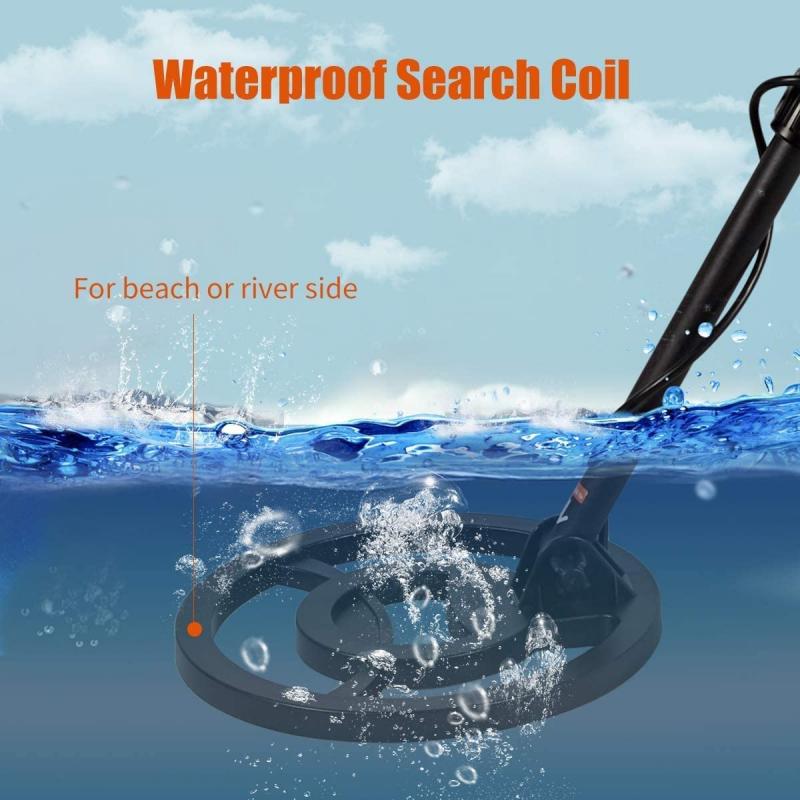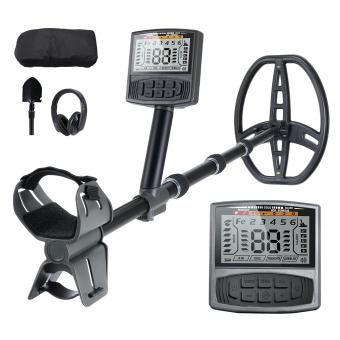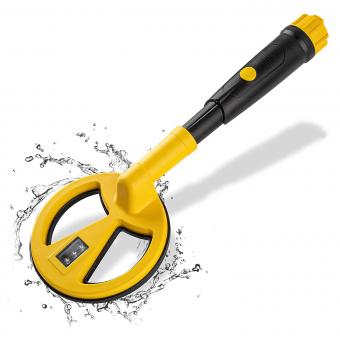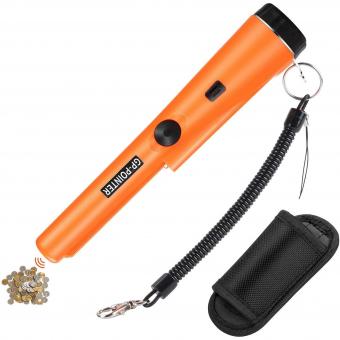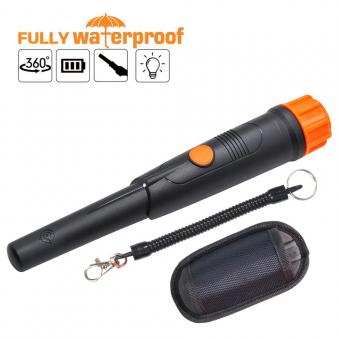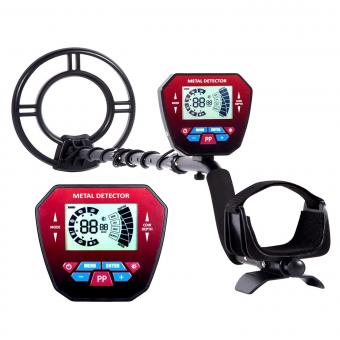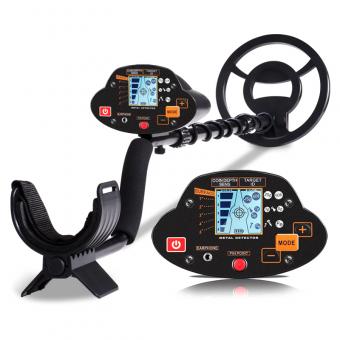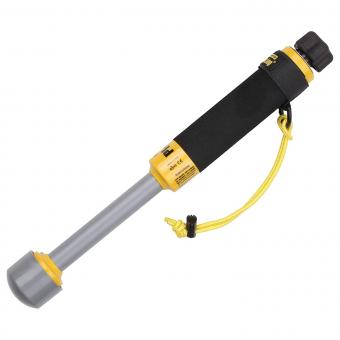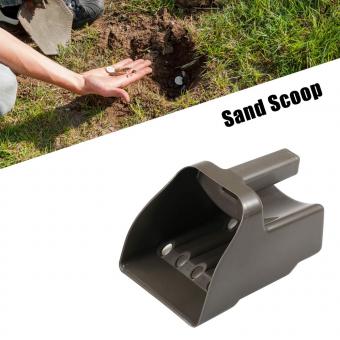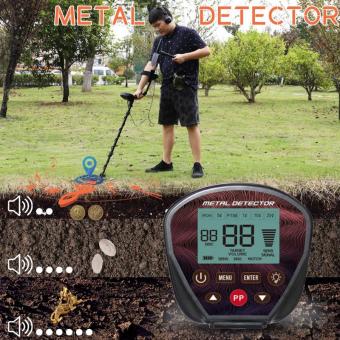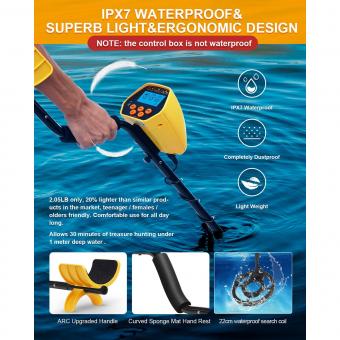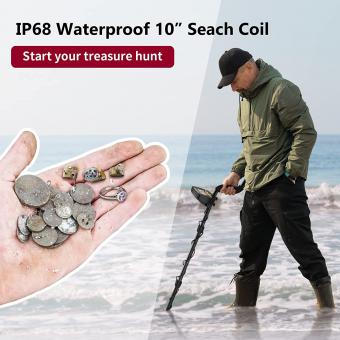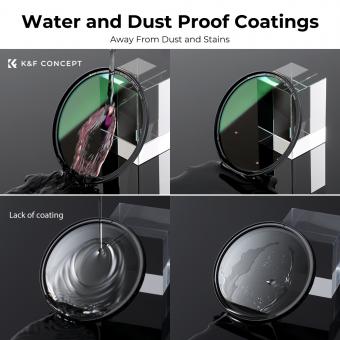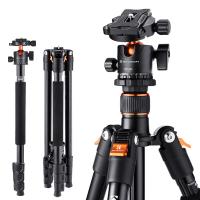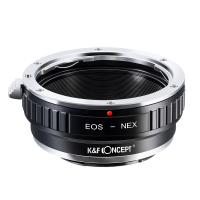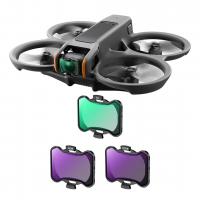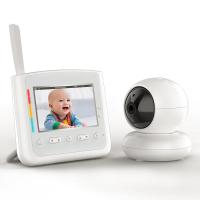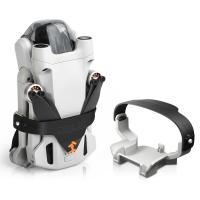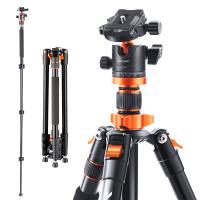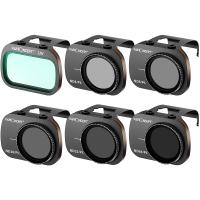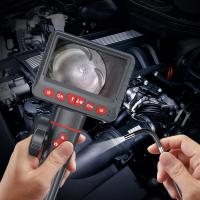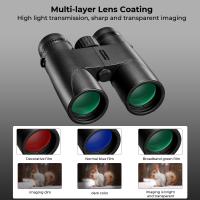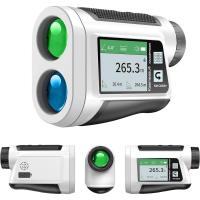What's A Good Metal Detector ?
A good metal detector is one that is reliable, accurate, and suited to your specific needs. Some popular options include the Garrett AT Pro, Minelab Equinox 800, and Fisher F22. It is important to consider factors such as the type of metal you want to detect, the depth range you require, and the environment in which you will be using the detector. Additionally, reading reviews and seeking recommendations from experienced users can help you make an informed decision. Ultimately, the best metal detector for you will depend on your budget and personal preferences.
1、 Sensitivity: Ability to detect small metal objects at varying depths.
What's a good metal detector? A good metal detector is one that has high sensitivity, allowing it to detect small metal objects at varying depths. Sensitivity is a crucial factor to consider when choosing a metal detector because it determines the device's ability to detect even the smallest and most valuable targets.
Metal detectors with high sensitivity are capable of detecting objects buried deep underground, making them ideal for treasure hunting, relic hunting, or even searching for lost jewelry on the beach. These detectors can pick up signals from tiny metal objects like coins, jewelry, or even gold nuggets, providing a higher chance of finding valuable items.
In recent years, metal detector technology has advanced significantly, leading to improved sensitivity levels. Manufacturers have developed detectors with advanced circuitry and enhanced signal processing capabilities, resulting in better target identification and depth detection. Some models even offer adjustable sensitivity settings, allowing users to customize the device's performance based on their specific needs and the conditions of the search area.
Additionally, modern metal detectors often come equipped with features like discrimination modes, ground balancing, and multiple search modes, further enhancing their overall performance. Discrimination modes help filter out unwanted targets, while ground balancing ensures accurate detection in mineralized soil or highly mineralized areas. Multiple search modes allow users to optimize the detector's settings for different types of targets or search environments.
When considering a metal detector, it's important to research and compare different models to find one that offers high sensitivity and meets your specific requirements. Reading reviews and seeking recommendations from experienced detectorists can also provide valuable insights into the latest advancements in metal detector technology.
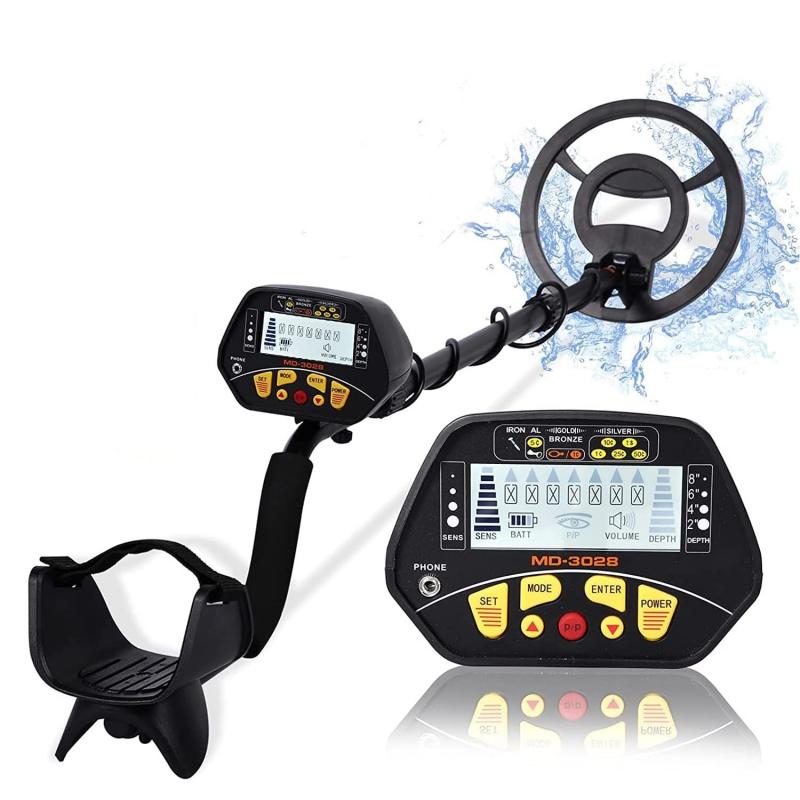
2、 Discrimination: Differentiating between valuable metals and common debris.
Discrimination: Differentiating between valuable metals and common debris.
When it comes to finding a good metal detector, discrimination is a key feature to consider. Discrimination refers to a metal detector's ability to differentiate between valuable metals and common debris. This feature is crucial for treasure hunters, hobbyists, and professionals alike, as it helps save time and effort by focusing on valuable targets.
In recent years, metal detector technology has advanced significantly, providing users with more accurate discrimination capabilities. Modern metal detectors utilize advanced algorithms and signal processing techniques to analyze the characteristics of different metals. This allows the detector to distinguish between valuable metals like gold, silver, and platinum, and common debris such as nails, bottle caps, and aluminum foil.
One popular metal detector known for its discrimination capabilities is the Garrett AT Pro. This detector offers a wide range of discrimination settings, allowing users to customize their search based on their specific needs. It can differentiate between different types of metals and even has a feature called Iron Audio, which provides a distinct sound for iron targets, helping users avoid unnecessary digging.
Another highly regarded metal detector is the Minelab Equinox 800. This detector utilizes multi-frequency technology, which enhances discrimination capabilities by analyzing multiple frequencies simultaneously. It can accurately identify different types of metals and provides users with a visual display of the target's conductivity, helping them make informed decisions about whether to dig or not.
It is important to note that discrimination capabilities can vary depending on the price range and brand of the metal detector. Higher-end models often offer more advanced discrimination features, while budget-friendly options may have more limited capabilities. Therefore, it is essential to consider your budget and specific requirements when choosing a metal detector.
In conclusion, discrimination is a crucial feature to consider when looking for a good metal detector. The ability to differentiate between valuable metals and common debris can greatly enhance your treasure hunting experience. With advancements in technology, metal detectors like the Garrett AT Pro and Minelab Equinox 800 offer excellent discrimination capabilities, providing users with accurate target identification and saving them time and effort in their search for valuable treasures.
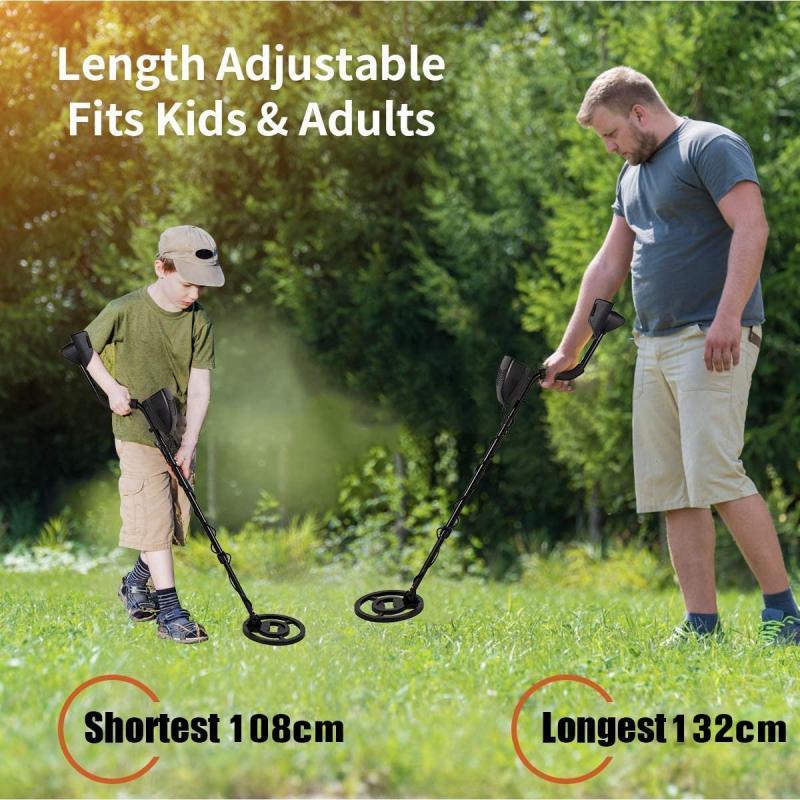
3、 Depth Range: Maximum distance at which the detector can detect metal.
What's a good metal detector? A good metal detector is one that offers a balance between performance, features, and price. There are several factors to consider when looking for a metal detector, but one of the most important is the depth range.
Depth range refers to the maximum distance at which the detector can detect metal. This is a crucial feature as it determines how deep you can search for buried treasures or artifacts. A metal detector with a good depth range will allow you to detect metal objects that are buried deeper in the ground, increasing your chances of finding valuable items.
The depth range of a metal detector can vary greatly depending on the model and brand. Some entry-level detectors may have a depth range of around 6-8 inches, while more advanced models can reach depths of up to 12 inches or more. It's important to note that the depth range can also be affected by factors such as soil conditions, target size, and the type of metal being detected.
When considering the depth range of a metal detector, it's essential to think about your specific needs and the type of metal detecting you plan to do. If you're a beginner or just looking for a hobbyist detector, a depth range of 6-8 inches may be sufficient. However, if you're a serious treasure hunter or plan to search in areas with deeper targets, you may want to invest in a detector with a greater depth range.
It's worth mentioning that the latest advancements in metal detector technology have led to the development of detectors with impressive depth ranges. Manufacturers are constantly improving their products to provide users with better performance and deeper detection capabilities. Therefore, it's always a good idea to research and read reviews to find the latest models that offer the best depth range for your specific needs.
In conclusion, a good metal detector is one that offers a decent depth range. The depth range determines how deep you can search for buried metal objects, and it's an important factor to consider when choosing a detector. The depth range can vary depending on the model and brand, so it's essential to assess your needs and research the latest advancements in metal detector technology to find the best option for you.
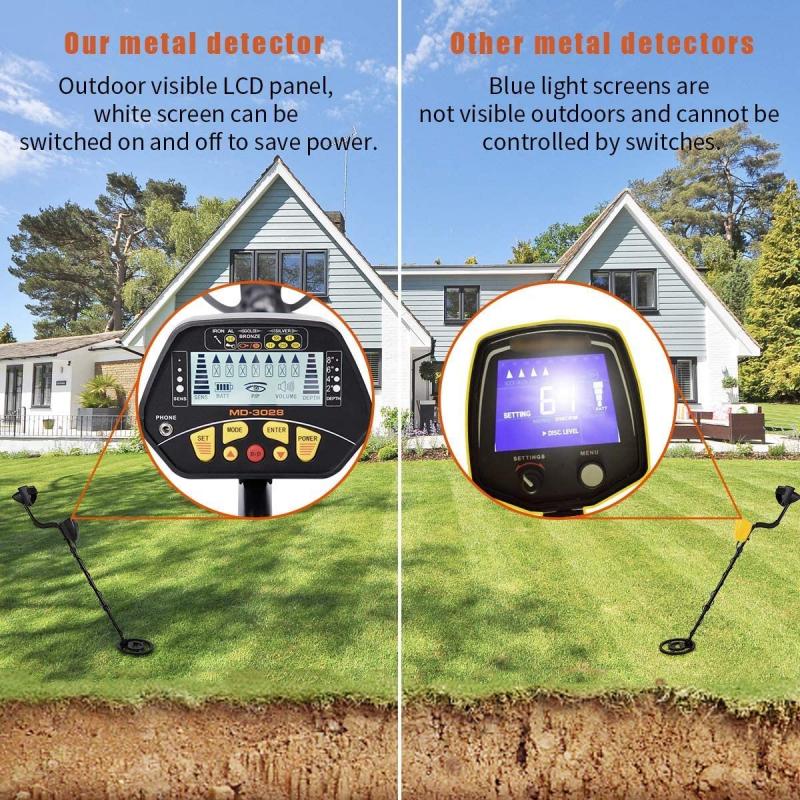
4、 Target ID: Displaying the type of metal detected (e.g., iron, gold).
What's a good metal detector? Well, there are several factors to consider when looking for a reliable and effective metal detector. One important feature to look for is Target ID, which displays the type of metal detected. This feature allows users to differentiate between different types of metals, such as iron, gold, or aluminum, helping them determine if the target is worth digging for.
Target ID is particularly useful for treasure hunters, as it helps them identify valuable items and avoid wasting time on less valuable targets. For example, if the metal detector displays a high Target ID for gold, it indicates a higher likelihood of finding a valuable item. On the other hand, if the Target ID indicates iron, it may not be worth digging as iron is more commonly found and less valuable.
In recent years, metal detectors with advanced Target ID technology have become increasingly popular. These detectors use sophisticated algorithms and signal processing techniques to provide more accurate and reliable target identification. Some models even offer a numerical Target ID scale, allowing users to quickly assess the potential value of a target.
Additionally, modern metal detectors often come with adjustable discrimination settings, which allow users to customize the Target ID display based on their preferences and specific hunting conditions. This flexibility enables users to focus on specific types of metals or ignore certain types that are not of interest.
In conclusion, when looking for a good metal detector, it is essential to consider the presence of Target ID. This feature provides valuable information about the type of metal detected, helping users make informed decisions about whether to dig or move on to the next target. With advancements in technology, metal detectors with accurate and reliable Target ID capabilities are readily available in the market.
